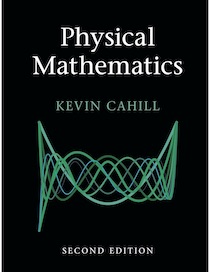All students, staff, and instructors are required by the
UNM
Administrative Mandate on Required Vaccinations
to be fully vaccinated for COVID-19 as soon as possible, but no later
than September 30, 2021, and must provide proof of vaccination or of a
UNM validated limited exemption or exemption no later than September
30, 2021 to the
UNM vaccination
verification site. Students seeking medical exemption from the
vaccination policy must submit a request to the UNM verification site
for review by the UNM Accessibility Resource Center. Students seeking
religious exemption from the vaccination policy must submit a request
for reasonable accommodation to the
UNM verification
site
for review by the
Compliance, Ethics, and Equal Opportunity Office.
For further information on the requirement and on limited exemptions
and exemptions, see the
UNM Administrative Mandate on Required Vaccinations.
UNM Requirement on Masking in Indoor Spaces
All students, staff, and instructors are required to wear face masks
in indoor classes, labs, studios and meetings on UNM campuses, see
masking requirement. Qualified music students must follow appropriate specific mask policies issued by the Chair of the Department of Music and the Dean of the College of Fine Arts. Vaccinated and unvaccinated instructors teaching in classrooms must wear a mask when entering and leaving the classroom and when moving around the room. When vaccinated instructors are able to maintain at least six feet of distance, they may choose to remove their mask for the purpose of increased communication during instruction. Instructors who are not vaccinated (because of an approved medical or religious exemption), or who are not vaccinated yet, must wear their masks at all times. Students who do not wear a mask indoors on UNM campuses can expect to be asked to leave the classroom and to be dropped from a class if failure to wear a mask occurs more than once in that class. With the exception of the limited cases described above, students and employees who do not wear a mask in classrooms and other indoor public spaces on UNM campuses are subject to disciplinary actions.
Communication on change in modality: The President and Provost of UNM
may direct that classes move to remote delivery at any time to
preserve the health and safety of the students, instructor and
community. Please check your email regularly
for updates about our class and please check
https://bringbackthepack.unm.edu
regularly for general UNM updates about COVID-19 and the health of our
community.
 The book is now available in the UNM bookstore.
The book is now available in the UNM bookstore.